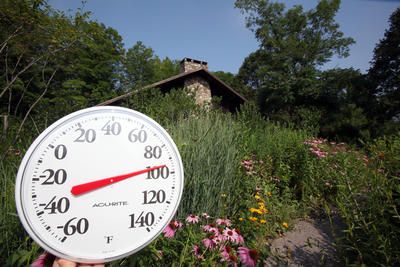We’ve all heard how important trees are to everything in our environment because of their ability to take in carbon dioxide and emit clean, breathable oxygen. While we all understand that trees perform this vital task many of us do not know how this process actually happens. We will outline how we and every other organism on the planet produce carbon dioxide and how trees transform our emissions and recycle them back into one of the necessary building blocks of life.
Photosynthesis:
Photosynthesis is a term that refers to a plants ability to transmute various energy sources like sun light, water and carbon dioxide into usable energy or ‘food’ that the trees uses for sustenance. Plants can survive and even thrive as long as they have all three of those energy sources available. When it comes to carbon dioxide, plants ‘ingest’ carbon dioxide through the leaves where it is turned into sugars that the tree can use for nutrition. The excess water that the tree takes in that isn’t used to break down these sugars is emitted as oxygenated molecules that are released back into the atmosphere. Once light and carbon dioxide are taken in the stomates in the leaves begin the process of converting the carbon dioxide into the sugars the tree desires. The tree separates the water into hydrogen and oxygen and the hydrogen that isn’t used attaches to the carbon dioxide, becoming a fully oxygenated molecule.
Now, this is a brief explanation of an extremely complex process that can be elaborated on scientifically at great length. The more we know about trees, the more we may value them and realize how important they are for this entire planet that we call home. We tend to not see things that don’t have their own means of locomotion or lack eyes, ears etc as less than organisms that stand on equal ground to us and all other sentient creatures we share the Earth with. Hopefully understanding how complex plants, specifically trees, actually are will change this tendency and put plant life on the pedestal it deserves to be on.

